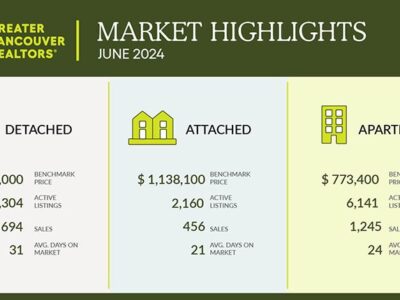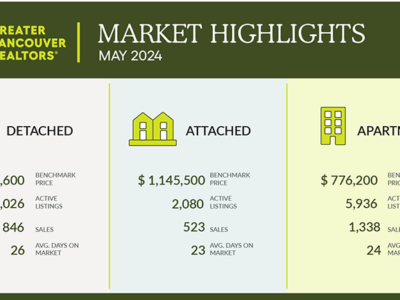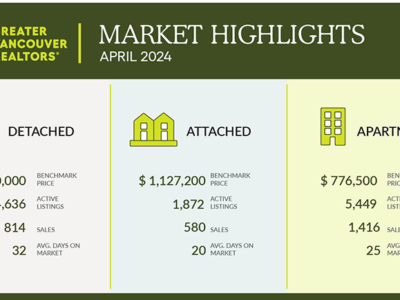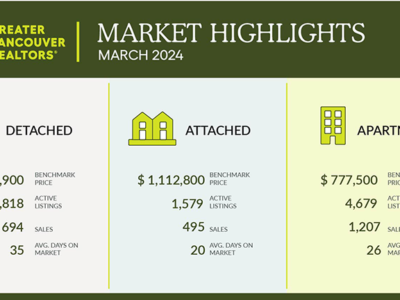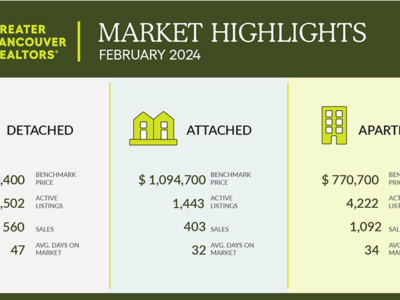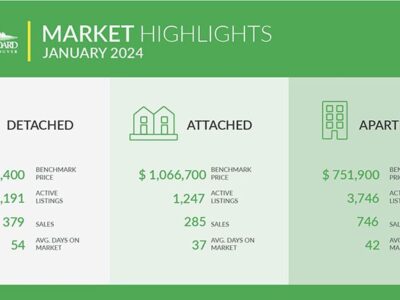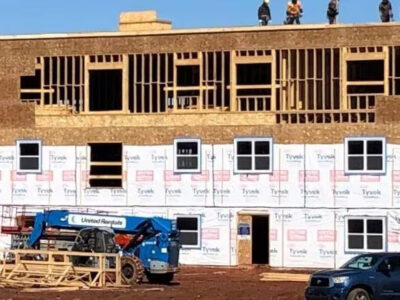Market shifting in buyers’ favour, though hesitation remains
Metro Vancouver home sales registered on the MLS® remained below seasonal and historical averages in June. With reduced competition among buyers, inventory has continued to accumulate to levels not seen since the spring of 2019.
The Greater Vancouver REALTORS® (GVR) reports that residential sales in the region totalled 2,418 in June 2024, a 19.1 per cent decrease from the 2,988 sales recorded in June 2023. This was 23.6 per cent below the 10-year seasonal average (3,166).
“The June data continued a trend we’ve been watching where buyers appear hesitant to transact in volumes we consider typical for this time of year, while sellers remain keen to bring their properties to market,” Andrew Lis, GVR’s director of economics and data analytics said. “This dynamic is bringing inventory levels up to a healthy range not seen since before the pandemic. This trend is providing buyers more selection to choose from and driving all market segments toward balanced conditions.”
read more

